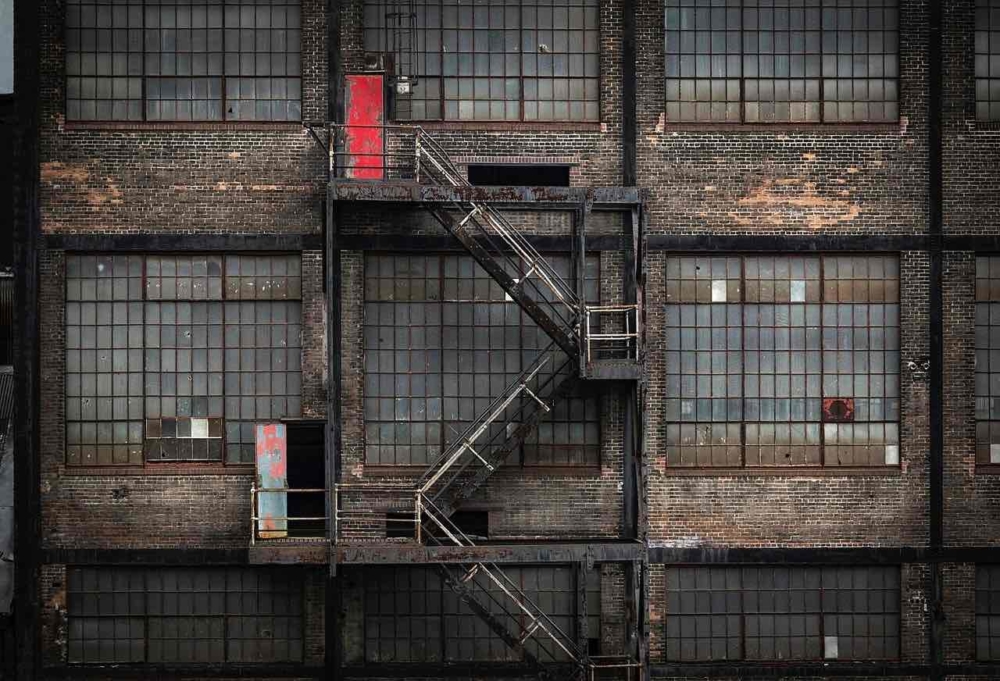When managing industrial operations or handling chemicals, selecting the right storage tank is crucial for safety, efficiency, and compliance. A well-chosen chemical storage tank not only ensures the proper containment of hazardous materials but also protects your facility and personnel from potential risks. Here are three essential factors to consider when choosing a chemical storage tank: material compatibility, tank design and construction, and safety features.
1. Material Compatibility
Understanding Chemical Properties
The first step in selecting a chemical storage tank is to understand the properties of the chemicals you need to store. Different chemicals have varying levels of corrosiveness, reactivity, and temperature sensitivity. For instance, acids and alkalis may require tanks made from specific materials to prevent corrosion and ensure longevity.
Material Selection
Choosing the right material for your tank is crucial for maintaining chemical integrity and preventing leaks or failures. Common materials include:
- Stainless Steel: Known for its resistance to corrosion and high strength, stainless steel is ideal for storing a wide range of chemicals, including acids and bases. However, its cost is higher compared to other materials.
- Polyethylene: This plastic material is often used for storing less aggressive chemicals. It is lightweight, resistant to corrosion, and cost-effective but may not be suitable for very hot or highly corrosive substances.
- Fiberglass: Reinforced with glass fibers, fiberglass tanks offer high durability and resistance to corrosion, making them suitable for many chemical applications. They are also relatively lightweight and can be customized to specific needs.
- Carbon Steel: Often used for bulk storage, carbon steel tanks can be lined or coated to enhance resistance to chemicals. They are a cost-effective option but may require additional maintenance.
Impact on Operational Safety
Ensuring material compatibility not only prolongs the life of the tank but also safeguards against potential leaks or spills. Using a material that reacts negatively with the stored chemical can lead to dangerous situations, including environmental contamination and safety hazards for personnel.
2. Tank Design and Construction
Tank Size and Capacity
The size and capacity of the tank must be tailored to your operational needs. Oversized tanks can lead to wasted space and unnecessary costs, while undersized tanks may lead to frequent refilling and potential overflows. Consider factors such as:
- Volume of Chemicals: Assess the quantity of chemicals you need to store and plan for both current and future requirements.
- Space Constraints: Evaluate the available space in your facility and ensure the tank’s dimensions will fit comfortably without obstructing operations or access.
Tank Configuration
Tanks come in various configurations, including vertical, horizontal, and spherical designs. The choice of configuration can affect:
- Installation and Accessibility: Ensure the tank design fits within your facility’s layout and provides ease of access for maintenance and inspections.
- Space Efficiency: Different configurations utilize space differently. For instance, vertical tanks may be ideal for facilities with limited floor space but ample height.
Tank Construction
The construction quality of the tank impacts its durability and performance. Key considerations include:
- Welds and Joints: Inspect the quality of welds and joints for potential weak points. Proper welding techniques and materials contribute to the tank’s overall strength and integrity.
- Internal Coatings: For added protection against chemical corrosion, consider tanks with internal coatings or linings designed to handle specific chemicals.
Temperature and Pressure Ratings
Chemical storage tanks must be designed to withstand the operating temperature and pressure conditions of the stored chemicals. Make sure the tank is rated to handle the maximum temperatures and pressures it will encounter. This helps prevent failures and ensures safe storage.
3. Safety Features
Leak Detection and Containment
Leak detection and containment are critical for preventing environmental contamination and protecting your facility. Essential safety features include:
- Leak Detection Systems: Incorporate sensors or alarms that can detect leaks early and alert you to potential issues before they become critical.
- Secondary Containment: Ensure that the tank has a secondary containment system, such as a bund or dike, to catch any accidental spills or leaks. This additional layer of protection helps manage potential environmental impacts.
Ventilation and Pressure Relief
Proper ventilation and pressure relief mechanisms are vital to handling chemical vapors and maintaining safe storage conditions. Consider:
- Ventilation Systems: Ensure adequate ventilation to prevent the buildup of hazardous fumes or vapors within the tank or surrounding area.
- Pressure Relief Valves: Install pressure relief valves to manage excess pressure and prevent tank rupture or failure.
Compliance with Regulations
Adhering to industry regulations and standards is crucial for safety and legal compliance. Familiarize yourself with local, state, and federal regulations regarding chemical storage. Ensure your chosen tank meets all necessary codes and standards to avoid fines and operational interruptions.
Conclusion
Selecting the right chemical storage tank involves careful consideration of material compatibility, tank design and construction, and safety features. By understanding the properties of the chemicals you need to store, choosing an appropriate tank design, and incorporating essential safety features, you can ensure effective and secure chemical storage. Investing time and resources into these considerations will help protect your facility, enhance operational efficiency, and ensure compliance with safety regulations.







